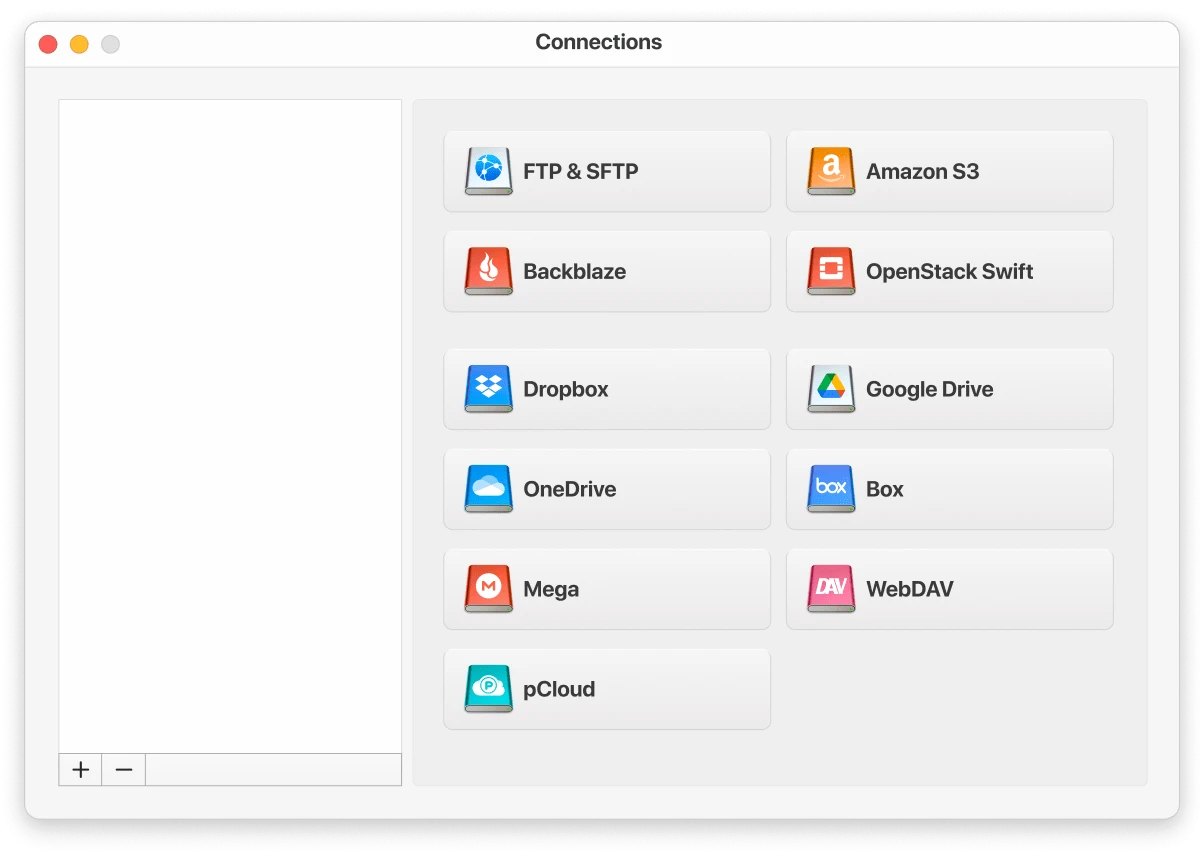Looking for ways to transfer your FTP files to Dropbox and back? You’re in the right place. While you can’t connect directly to Dropbox via FTP, some apps let you use both in Finder or File Explorer at the same time. This way, you can move folders and files by simply copying and pasting them as you normally would.
One user-friendly option we’ll explore in this guide is CloudMounter. It’s a simple cloud storage manager that lets you move files between multiple platforms and cloud storage services with ease.
Move Files from an FTP Server to Dropbox
To manually move files from an FTP server, download them to your computer first, then upload them to your Dropbox account. Here’s how it works:
1. Open the system file manager and connect to the FTP server:
- Finder: Go > Connect to Server (or press on “⌘K”), then enter the server address and your credentials.
- File Explorer: This PC > Add a network location, type the FTP address, and log in.
2. Select the FTP files you want to move and download them to your local disk.
3. Now go to the Dropbox site and log in with your account if you’re not signed in already.
4. Click “Upload or drop” and choose folders or files you need to move to Dropbox.
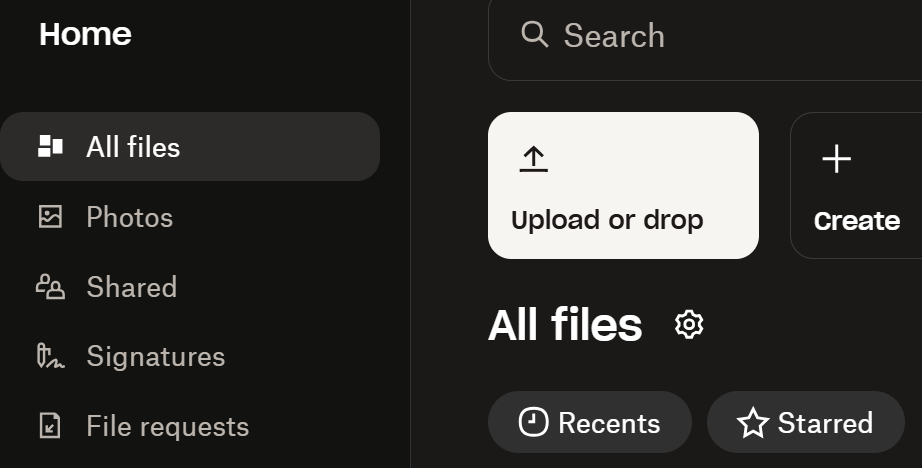
Copy Dropbox Data to FTP (Only for Windows Users)
If you’re a Windows user, you can manually transfer files from Dropbox to FTP by downloading them on your computer first. Here’s how to do it:
- Open the Dropbox website and log in with your account.
- Choose the files you want to move, click on “Download,” and select the destination where you want to save them.
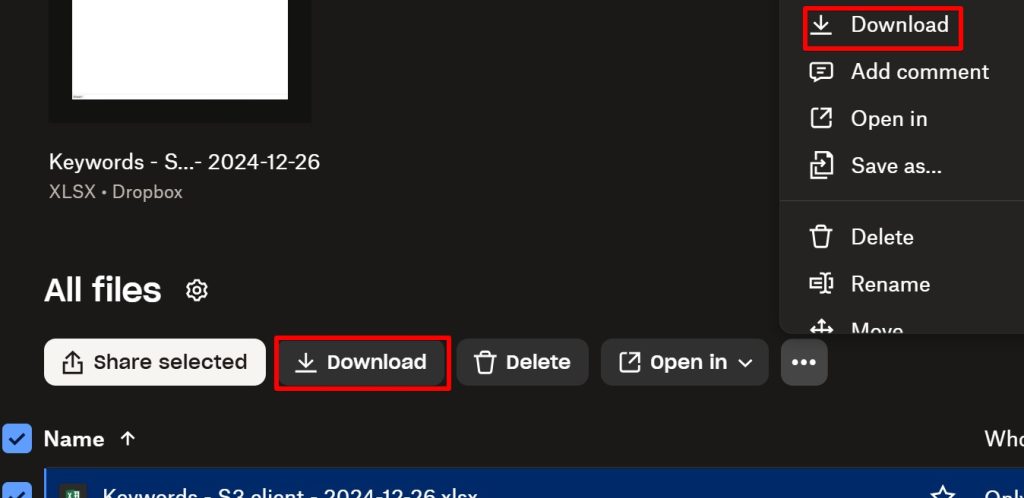
Then, follow the steps below to transfer the downloaded files to the FTP remote server:
3. Connect to the FTP server via File Explorer by going to PC > Add a network location. Enter the FTP address and log in.
4. You can now move the downloaded Dropbox files to the FTP server.
Effortless Dropbox and FTP File Transfer on Windows and macOS
As mentioned above, you need a third-party app to connect to Dropbox or FTP. A cloud storage manager with FTP features is a great way to get more security and flexibility.
CloudMounter is an excellent option that lets you mount Dropbox and FTP as local drives without re-entering your login details every time. It’s simple to use and allows you to manage files directly in Finder or File Explorer. Here’s how to use it:
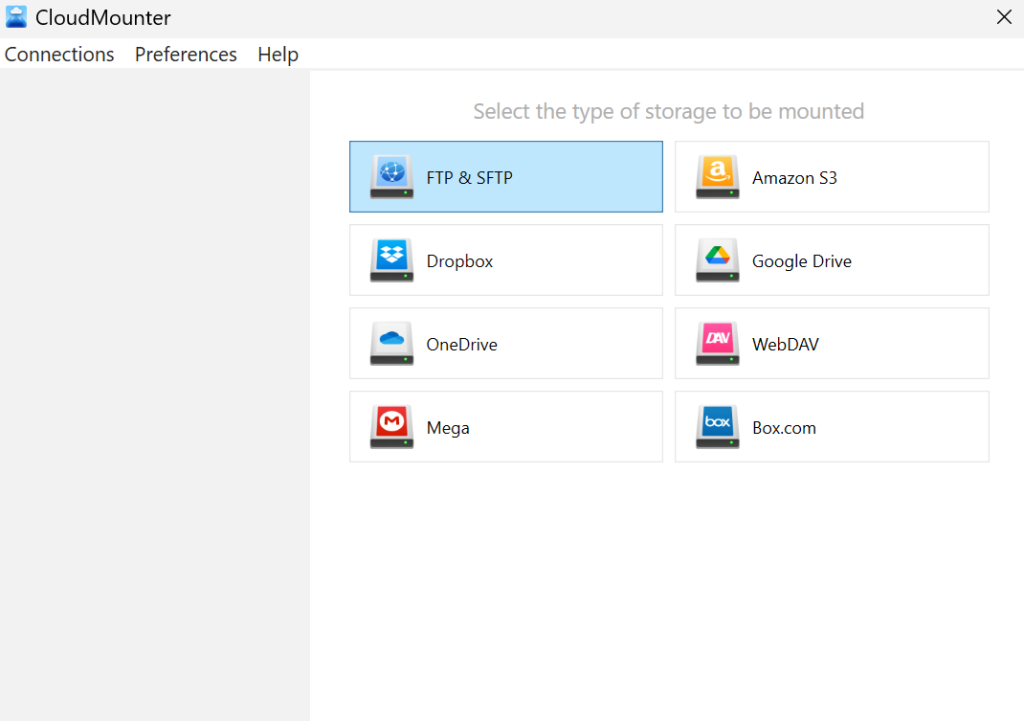
3. Enter all the necessary data to set up your FTP server.
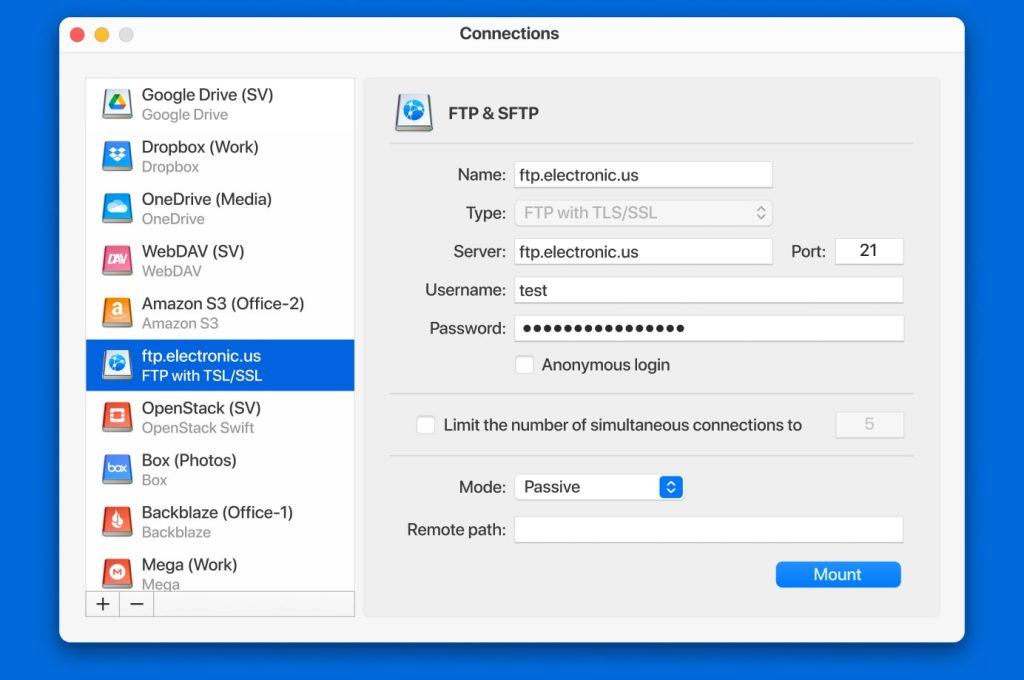
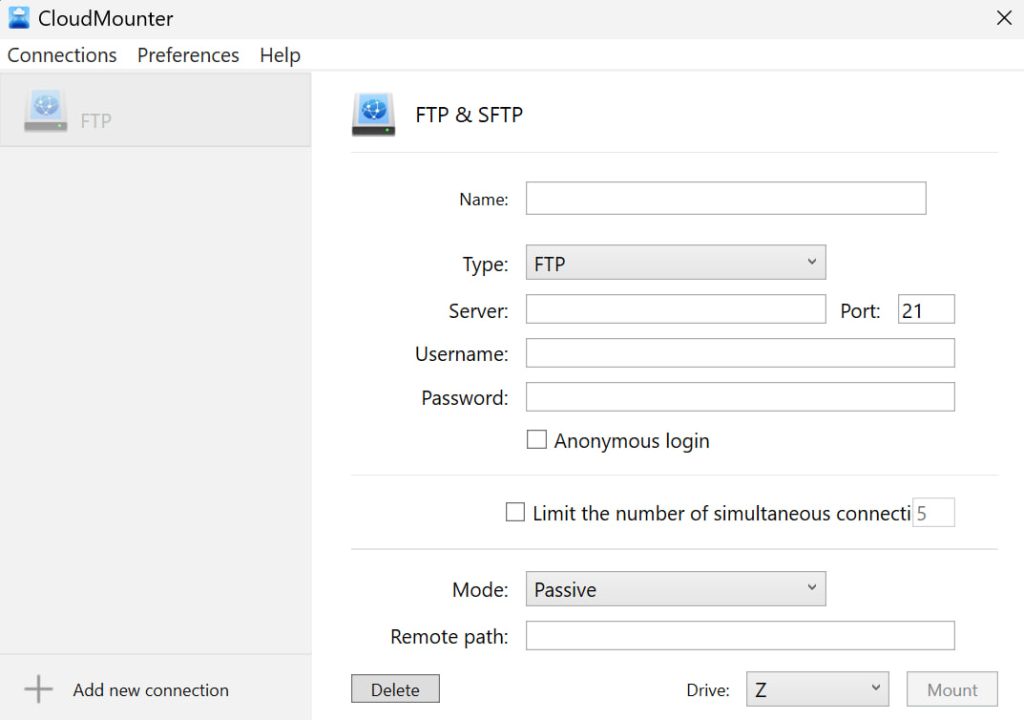
4. Click on “Mount,” and the FTP server will be mapped as a local drive.
5. Now go back to the Connections screen and add Dropbox.
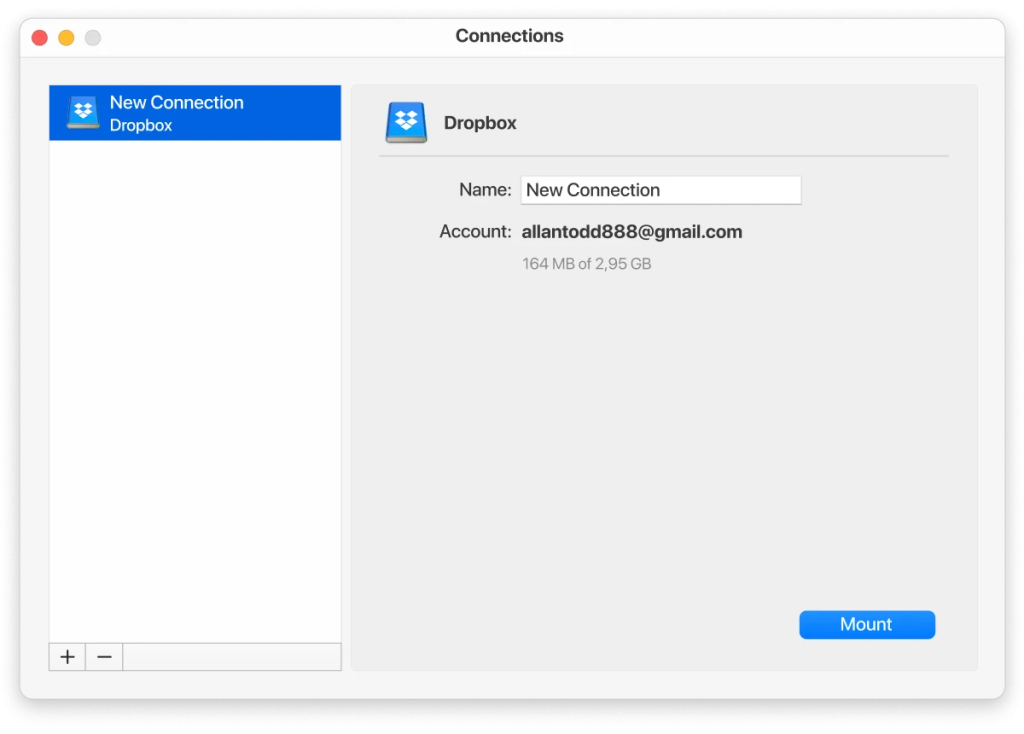
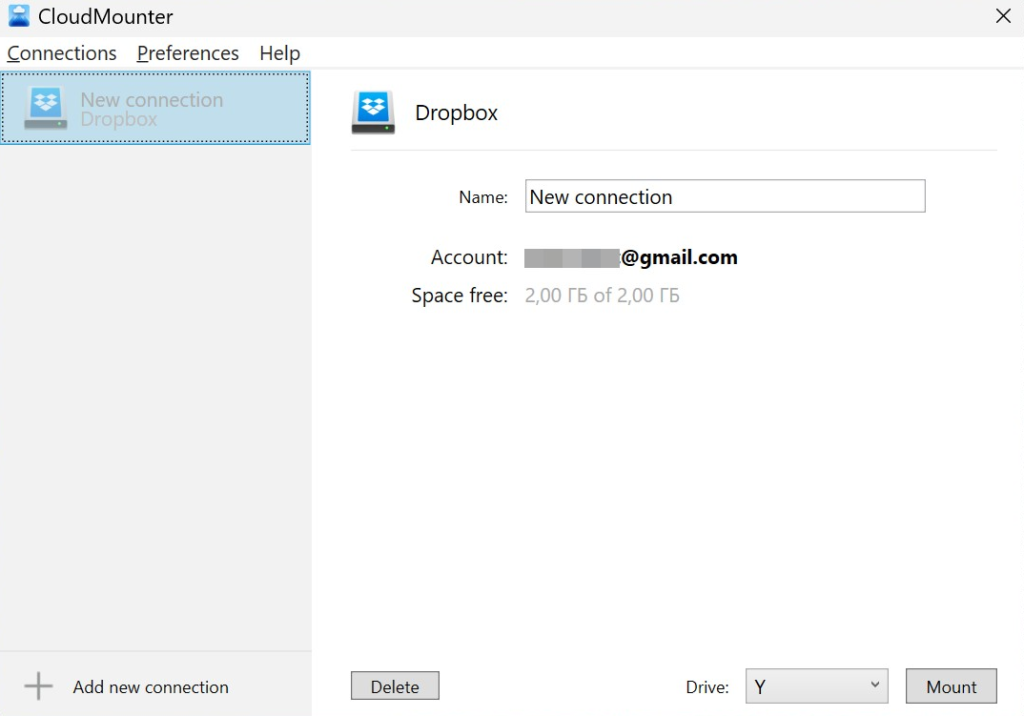
6. Both storage platforms will appear in your file manager as local disks. You should now be able to transfer data between them easily.
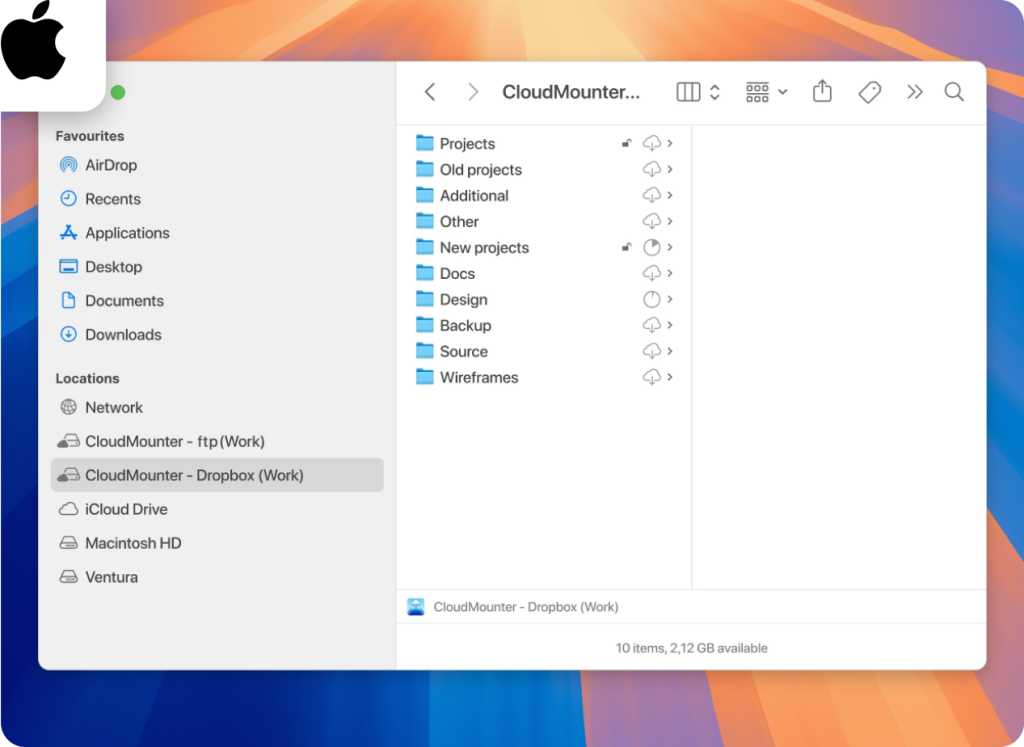
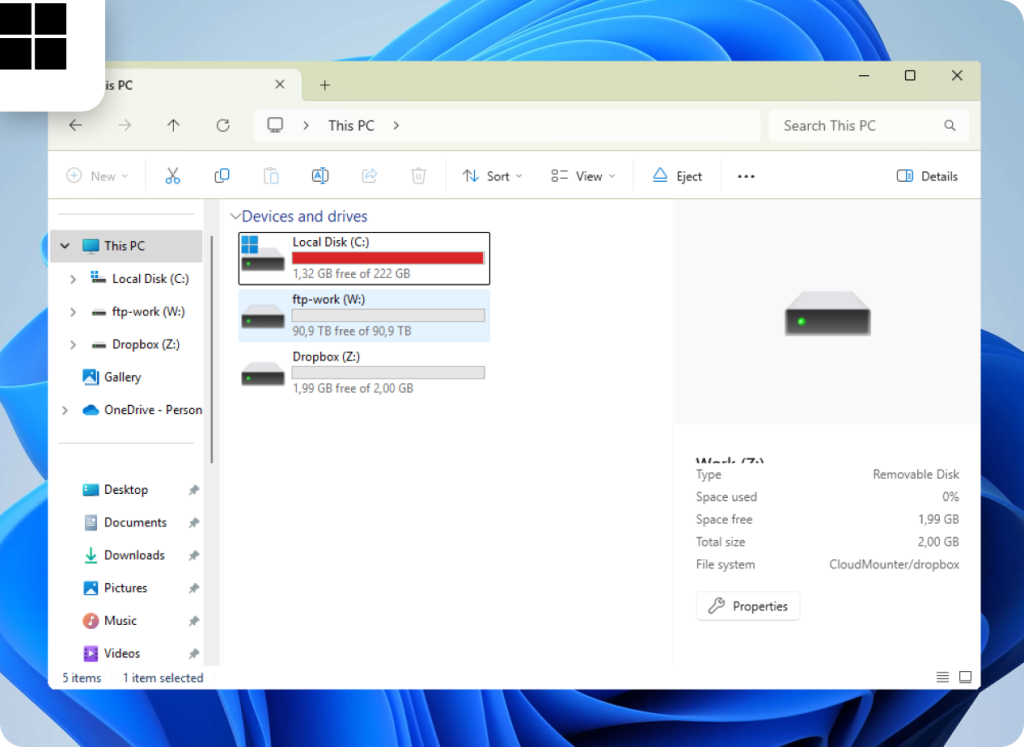
Key Perks of CloudMounter
Our desktop app makes it incredibly easy to use multiple cloud storage services and platforms simultaneously. Here are some benefits you’ll get:
Core Functionality
Broad cloud drive support:
Mount different cloud storage services and servers, such as Dropbox, Google Drive, OneDrive, Amazon S3, FTP, and WebDAV, as local drives on your computer.
Direct file access:
CloudMounter lets you manage cloud files right from your computer’s file manager (File Explorer on Windows or Finder on Mac) as if they were stored locally. You can also share files instantly using HTTP links from the context menu without opening any extra apps or websites.
Multi-cloud management:
Our tool provides a single, organized interface to connect and manage multiple cloud storage accounts and services. It simplifies teamwork by integrating shared drives from platforms like personal and business Dropbox accounts into one accessible space.
Security & Privacy
Client-side encryption:
CloudMounter adds strong security by using 256-bit AES encryption to protect your files before they leave your computer. The encrypted data stays unreadable to anyone without your unique decryption key.
Integration with native password managers:
Our software securely stores all passwords and sensitive information in macOS Keychain or Windows Credential Manager, keeping your login data protected and easily accessible only to you.
Trusted connections:
Supports secure file transfers through SFTP, FTPS, and FTPES protocols, making sure your data remains protected during access and transmission.
Performance & Convenience
Without odd cloud apps:
It provides an efficient alternative to installing multiple cloud storage apps that run in the background and consume system memory.
Minimal resource usage:
On-demand access helps save local storage by avoiding duplicate files. This reduces strain on your computer’s resources and is especially useful for devices with limited disk space.
Work offline on macOS:
Stay productive even without an internet connection, with offline access to your mounted cloud files.
Conclusion
While Windows users can transfer files between Dropbox and FTP easily, macOS users need third-party software to move files from FTP to Dropbox. CloudMounter is an excellent solution for both operating systems, offering enhanced security and a range of useful features.
It mounts both Dropbox and FTP as local drives, allowing you to move files simply by dragging and dropping. You can also mount other cloud storage services and platforms, such as Google Drive.

